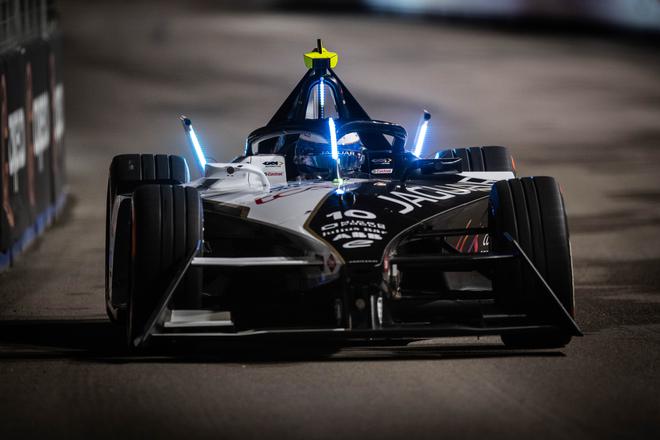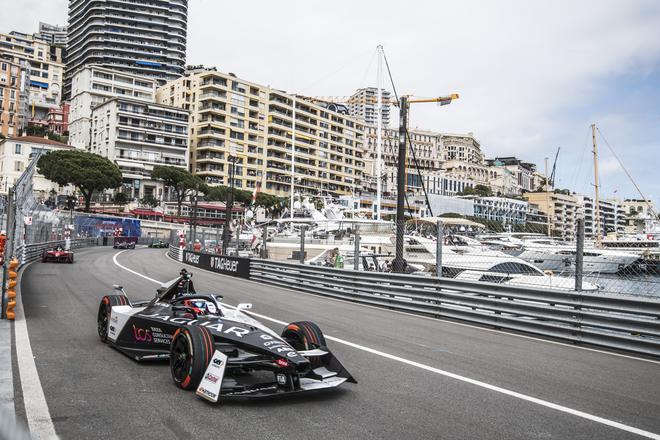

At a time when the world is acutely aware of the dangers of climate change and the role of greenhouse gas emissions in the climate crisis, motorsport seems like an anachronistic hobby.
Even as governments worldwide are starting to fix a sunset date for internal combustion engine (ICE) cars over the next few decades, motorsport runs primarily on these gas-guzzling engines. In their quest for maximum performance, the traditional ICEs that power these mean racing machines are also the least efficient in terms of fuel mileage.
Even though electric vehicles (EVs) have been around for a while, mass adoption of these automobiles has taken off just a few years ago. Several reasons exist for EVs’ slow acceptance, which include a lack of charging points, range anxiety (the worry that the battery charge will not last the distance) and a more simplistic belief that these vehicles lack the sense of fun associated with speed and power.
So in 2011, the then FIA president Jean Todt and Spanish businessman Alejandro Agag conceived an all-electric single-seater series to promote electric mobility and show that an EV can be fast and fun. Another aim was the creation of an avenue for major automobile manufacturers to use motorsport to accelerate the development of EVs.
Since its first season in 2014-15, Formula E has evolved gradually. Its ninth season will conclude next month. So, how much progress has the series made, relative to its founding ideals?
Attracting manufacturers
Manufacturers have certainly flocked to the sport since its inception. One of the main reasons a manufacturer enters a new series is the transfer of technologies. Road relevance is a key attraction, the aspect that justifies the big budgets needed to run a full-fledged motorsport programme. Formula E has tried to maintain a primary focus on this area.
In terms of technology, this year saw the most advanced electric racing car to date: a Gen3 car with an increased power output of 350kW, significantly higher than the Gen 2 car’s 250kW.
In an electric car, one of the tools to maximise power output efficiency is the software. It has proved to be a performance differentiator across the teams and something manufacturers can take to their road cars.
During a recent media interaction at Jakarta, Formula E co-founder and chief championship officer Alberto Longo said, “Manufacturers see value in our platform to promote their technologies. ‘Track to road’ is what we do. One of the key elements of why we have so many manufacturers is because they invest in the software.
“The software’s end goal is to control the power and the energy and how it becomes more and more efficient, not only on the consumption but also on the regen. So the better software you have, the more efficient your car is, the less battery you use.
“In fact, the Nissan Leaf is 180% more efficient because of the development it did for Formula E on the software,” he claimed.
Another instance of Formula E’s emphasis on road relevance is its tyres: grooved all-weather rubber, similar to those found on road cars, unlike the slicks Formula One uses. These robust tyres, designed to last a full race, make the car slower, but the FIA doesn’t want to change them.
“It’s an intentional decision because the promoter and the FIA wanted to keep road car relevancy in Formula E as one of the key pillars,” said FIA Formula E technical manager Alessandra Ciliberti. “Having an all-weather tyre, like something that you have got on your road car, tries to showcase that a race car can perform while keeping the essence of what a road tyre is.”
Setting a benchmark
Formula E has also worked on sustainability since its inception and claims to be the first sport to achieve net zero carbon. It was ranked the ‘Best Total Performer’ out of more than 300 global sports organisations in the 2022 Global Sustainability Benchmark in Sports (GSBS) annual report.
Formula E sustainability director Julia Palle gave an insight into how it works. “We have been measuring our carbon footprint since the very first day in Beijing, the very first race, and have been putting in place reduction measures. And then, for what was unavoidable, we decided to purchase carbon credits,” she said.
In the Gen3 era, Palle explained that cars had been designed with end-of-life in mind, with an eye on how to recycle the parts.
“All of the carbon fibre used in the chassis can be, will be, or has already been recycled. With the batteries, it is really about the cells — the silver bullet in terms of recyclability. What we have been working on with Williams is that the cells will be repurposed every other season. Season 9’s cells will return in season 11. And season 10’s cells will return in season 12.
“There have been great improvements in the technologies to recycle metals, including lithium. Over 95% of the metals are recyclable, and lithium is over 85%, close to 90%. The efficiency loss for lithium is very marginal, about 15%,” added Palle.
While technology is one aspect, Formula E has to work as a sport and entertainment at the end of the day. Considering it competes with established championships that have been around for decades, it must keep finding ways to make the racing more exciting.
Innovative ideas
In a way, without the baggage of history, the young upstart can experiment with racing ideas such as ‘Attack Mode’, where drivers take a longer route on a lap and collect energy to use while trying to overtake later.
Another such idea is the fast-charging concept set to debut next year. It was initially planned for this year, but was pushed back for logistical reasons, allowing the time needed to refine the product. A 30-second fast-charging pit stop will make the race more tactical, adding more variance to the strategy.
Since its inaugural season in 2014-15, when drivers had to swap cars mid-race because of the battery capacity limitation, Formula E has come a long way. It now features vehicles with 350kW in power output and the ability to charge in about 40 minutes.
The challenge for the series in the future will be to stay ahead of the curve in a space where technological advancement is exponential. It must remain the hotbed for new technologies that can eventually translate onto the road while being sustainable. The spectacle of racing must be exciting as well; the fans should receive value for their money.
How Formula E tackles these areas will determine its long-term viability.







